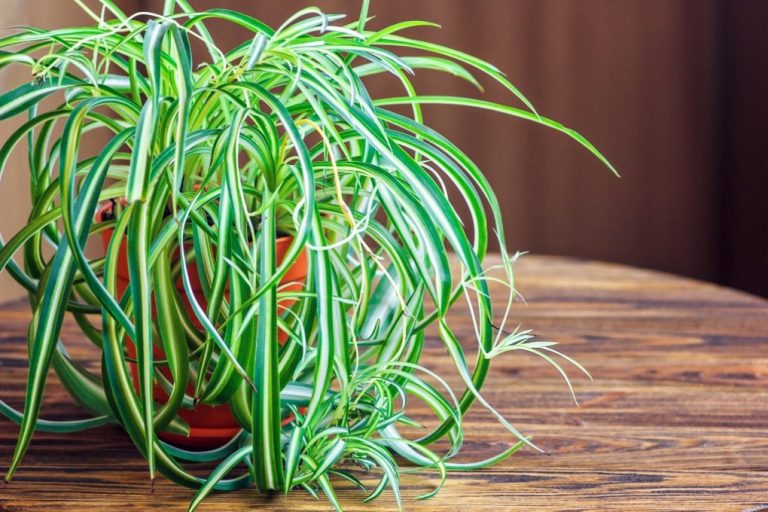Divide and Repot: If your spider plant has become crowded or root-bound, consider dividing it into multiple plants and repotting them individually. This not only promotes bushier growth but also allows you to propagate new plants.
Provide Adequate Light: Spider plants prefer bright, indirect light but can tolerate lower light conditions. Placing your plant near a north or east-facing window where it receives gentle sunlight is ideal. Insufficient light can lead to leggy growth.
Rotate Regularly: Rotate your spider plant regularly to ensure even growth on all sides. This prevents the plant from leaning or reaching towards the light source and encourages balanced, bushy growth.
Fertilize Sparingly: Spider plants are not heavy feeders, so avoid over-fertilizing, which can lead to excessive foliage growth at the expense of overall plant health. Use a balanced, water-soluble fertilizer diluted to half strength once a month during the growing season.
Maintain Consistent Watering: Spider plants prefer evenly moist soil but can tolerate occasional drying out between waterings. Avoid overwatering, as this can lead to root rot and other issues. Allow the top inch of soil to dry out before watering thoroughly.
Provide Adequate Humidity: Spider plants appreciate moderate to high humidity levels, especially in dry indoor environments. You can increase humidity by placing a humidifier nearby, grouping plants together, or misting the leaves regularly.
Remove Spiderettes: As spiderettes (baby spider plants) develop, you can remove them from the parent plant and pot them individually to encourage bushier growth in the parent plant. Alternatively, you can leave them attached to the parent plant for a fuller appearance.
By following these tricks, you can help your spider plant become bushier, lusher, and more vibrant, enhancing its beauty and health in your home.
